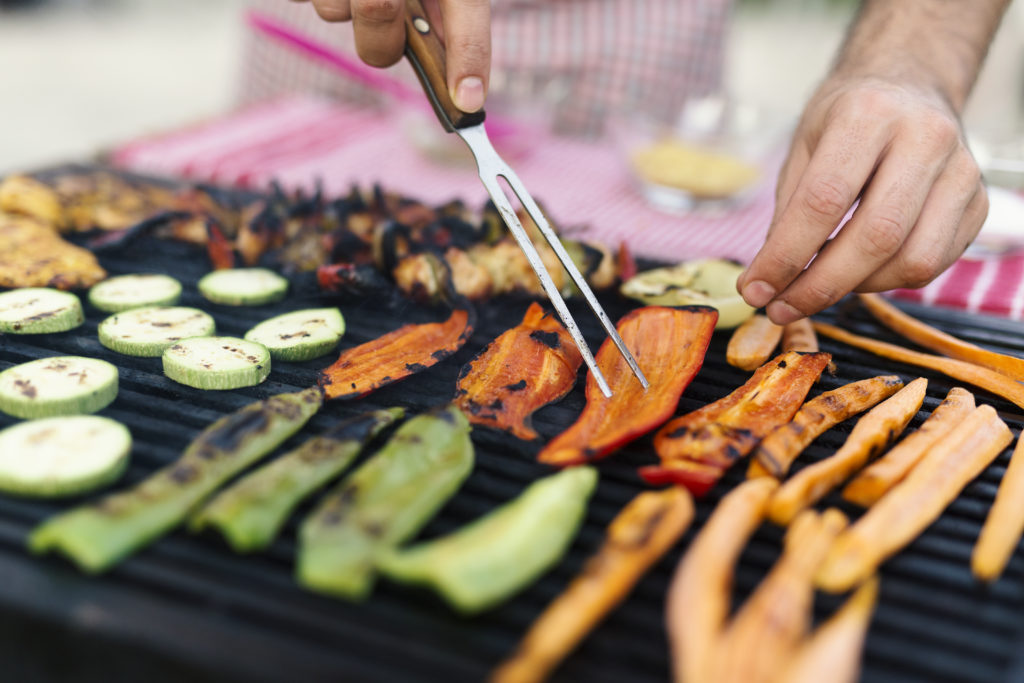While sodium is a necessary nutrient that bodies need to function, it’s easy to get more than the body needs on a daily basis. Ideally, adults should get no more than 1500 milligrams (mg) of sodium per day. That limit can be easy to reach, because sodium can be found in unlikely places: packaged foods, restaurant meals, injected into raw meat as a solution, canned goods, or even a heavy hand while cooking. It’s important to recognize how much sodium you actually need on a daily basis, and how to cut out the excess to keep your body, especially your heart, healthy.
Tip #1: Avoid overly processed foods whenever possible, and always check the label
Sodium is a preservative, so companies will add extra salt to processed food to keep it fresher, longer. Check the Nutrition Facts label to see how many milligrams of sodium the food item contains, and understand the serving size. A frozen meal or canned vegetables could have a surprisingly high amount of sodium, with some giving you almost an entire day’s worth in one serving. Look for canned goods that are labeled as “low sodium” or “no salt added.” Also check the label on raw meats: if the ingredients contain broth or a sodium solution, it counts toward your daily 1500mg. Some condiments also have a high amount of salt, like ketchup, mustard, soy sauce, and more. Be aware of what packaged foods end up on your plate, and how much added salt they contain.
Tip #2: Use alternative cooking methods to add flavor without extra salt
Try baking, grilling, or sautéing foods instead of frying, and use olive oil instead of vegetable oil to boost heart-healthy nutrients. Use garlic, onion, vinegar or other flavorful spices instead of salt to season meats and vegetables. There are a huge variety of seasonings out there that will wake up your taste buds. Try no salt added lemon pepper or a mixture of Thai spices on fish and chicken. We bet you won’t miss the salt!
Tip #3: Balance the salt with potassium
Your body uses sodium and potassium together to make your cells work their best. Too much salt can upset that balance, which can lead to high blood pressure and heart disease. Eating foods high in potassium, like leafy greens, sweet potatoes, kidney beans, or bananas, can regulate that balance. Now, eating more of these potassium-rich foods doesn’t mean you should eat more than 1500mg per day of sodium. It means that your body will have more potassium to regulate that 1500mg or less of sodium.
Being mindful of how much sodium in your diet is one of the best ways to reduce your chances of developing the risk factors for heart disease. With these tips, you’re on your way to adding more heart healthy habits to your daily routine!

